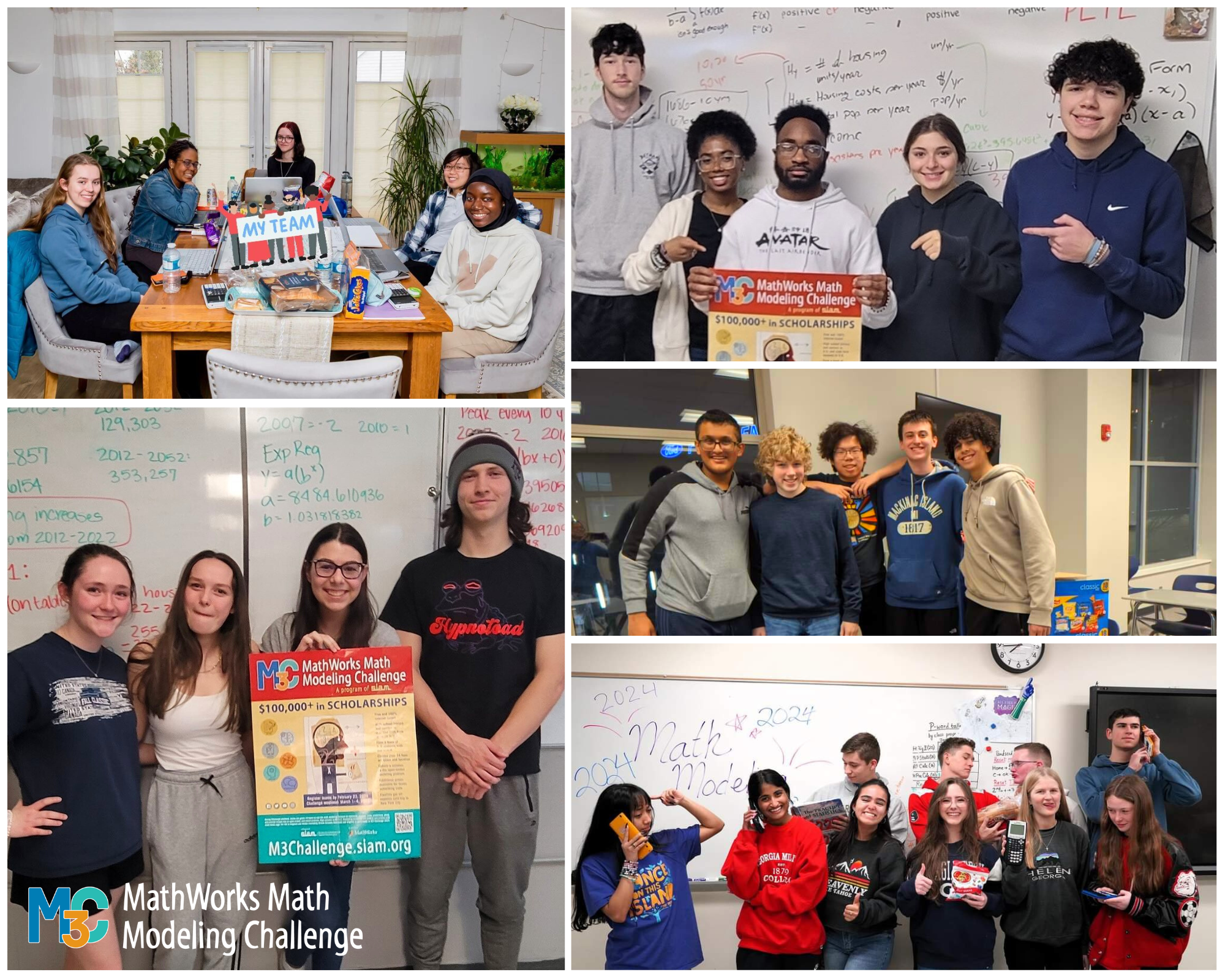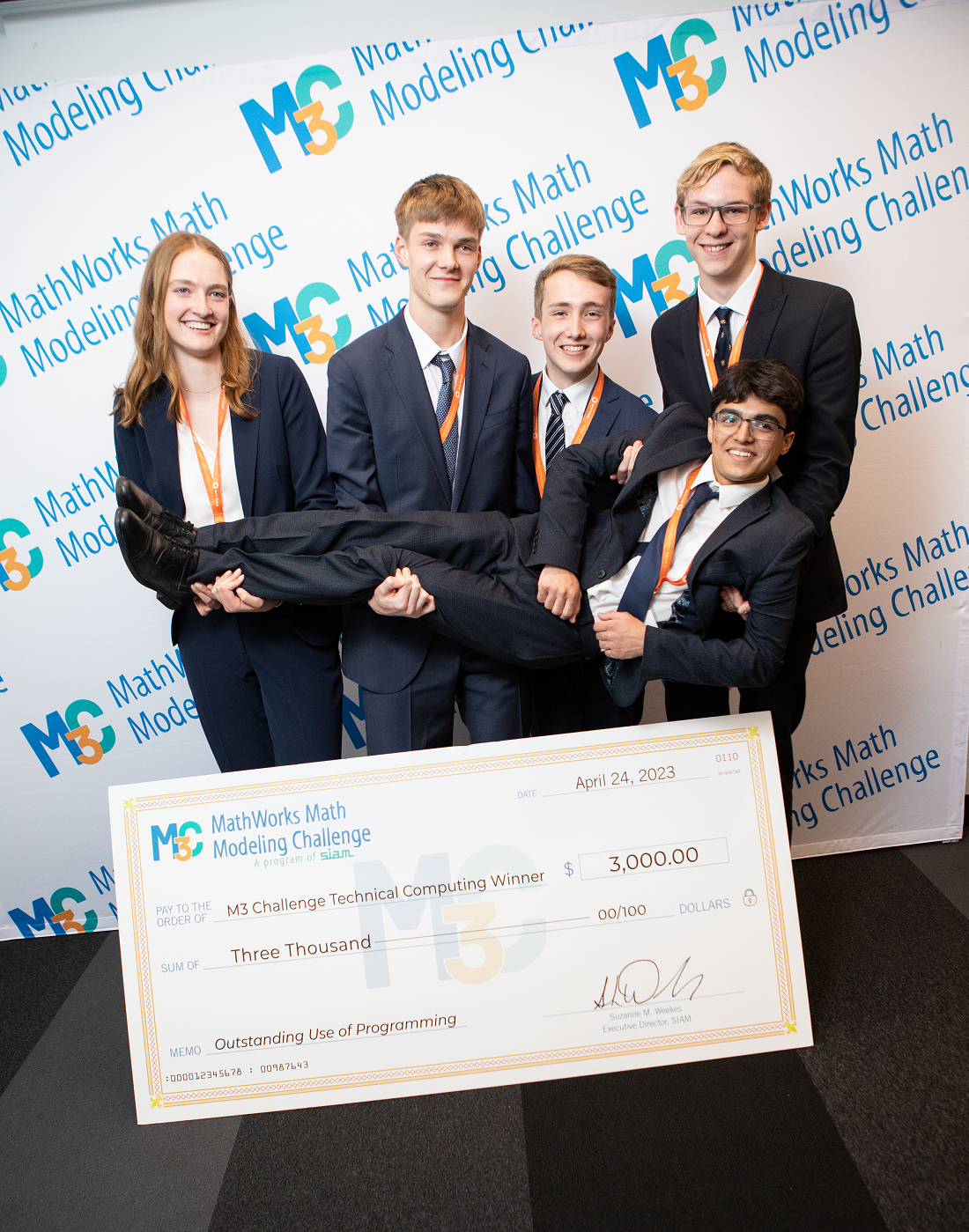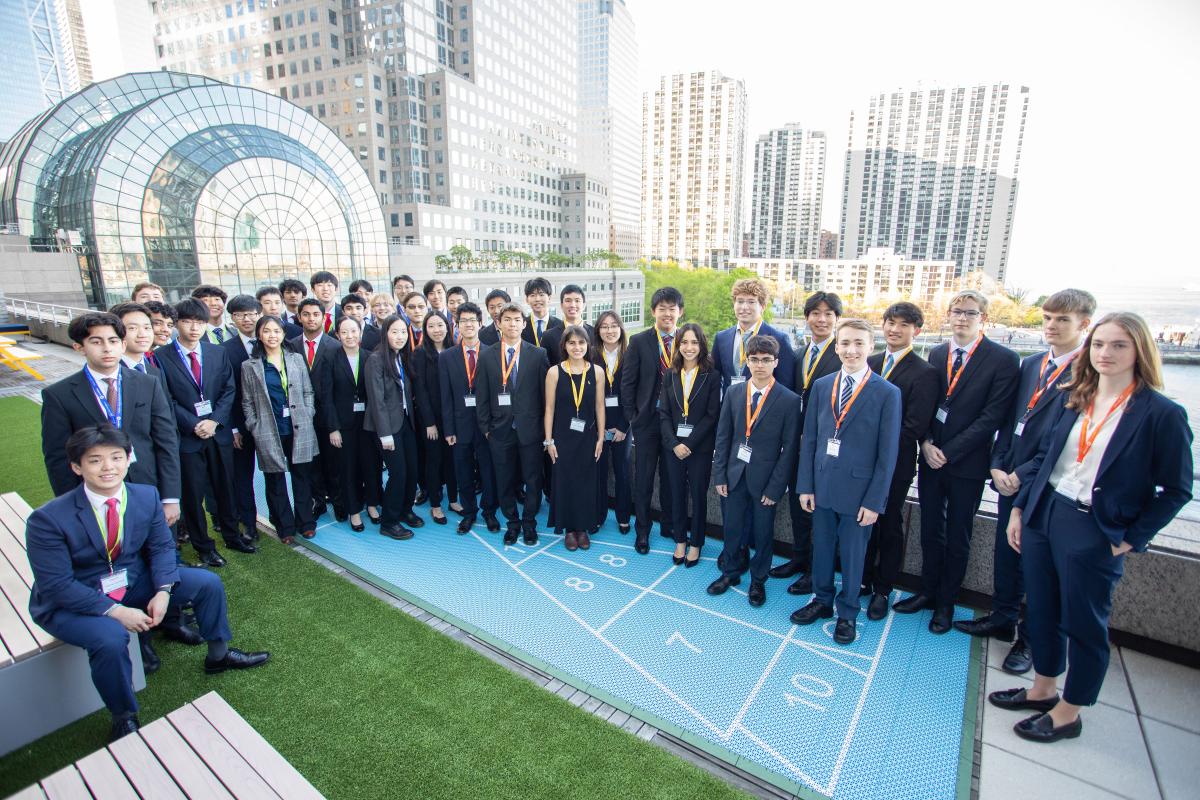Judge Commentary
Kelly Black, Ph.D., Department of Mathematics and Computer Science, Clarkson University
The questions for this year’s challenge come from topics relating to the 2010 census. Three questions were given:
Should the census figures be adjusted for the undercount? If so, how? If this solution introduces errors of its own, estimate how large they are, compared to undercounts.
What methods should Congress select for apportioning the House of Representatives? Why is this method superior to others for dealing with this issue?
What recommendations should be made to the states to ensure that Congressional districts are fairly drawn? Justify these recommendations.
Once again we were impressed with the overall quality of the student teams and are grateful for the efforts of our student teams. Additionally, we thank the teams’ advisers who are a vital aspect of the challenge. The efforts that take place in preparation for the challenge and the activities that take place once the challenge has started help make this a special event.
With this perspective we will try to provide some insight into the judging process. In section 2, some of the specifics about the judging process are discussed. In section 3, some of the things that elicited a negative reaction are discussed. Finally, in section 4, some of the positive aspects are discussed.





